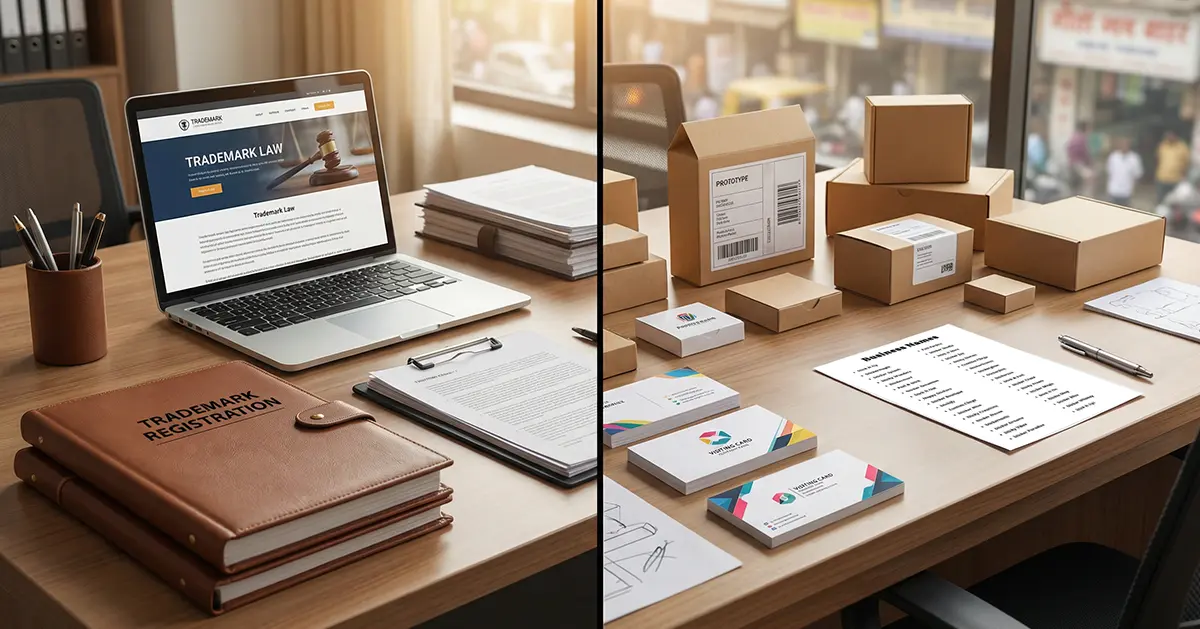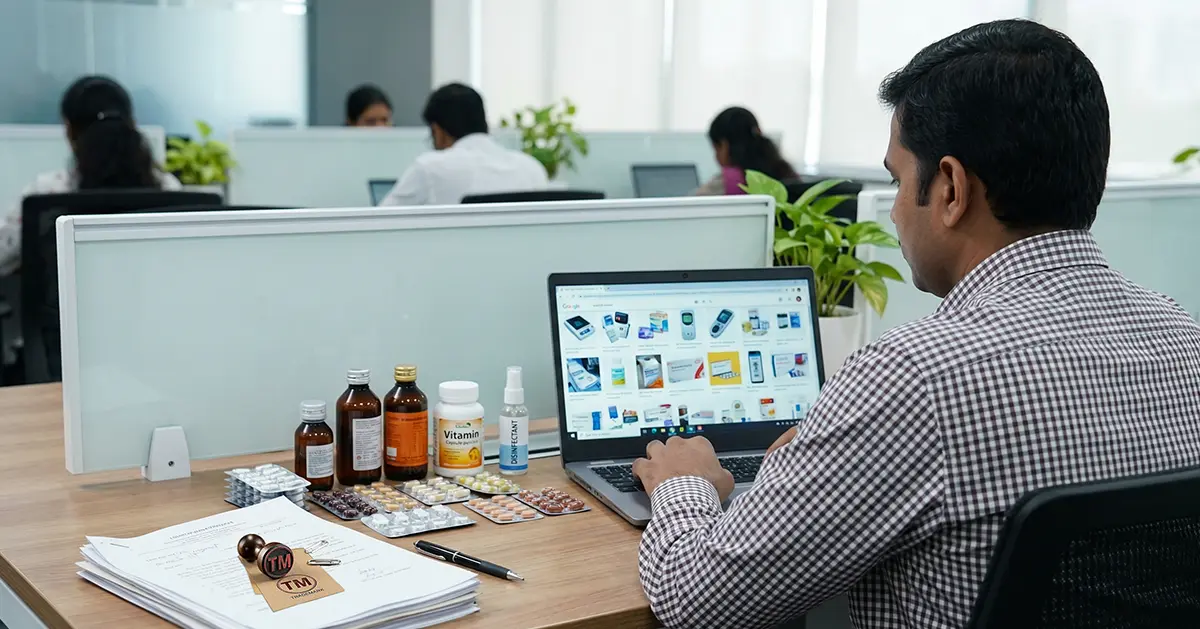
Introduction
Copyright Judgment in India are like the unsung heroes of the Intellectual Property world. They don’t just settle disputes—they help shape the entire legal landscape for creative minds! If you’re an artist, writer, musician, or anyone who’s created something original, these judgments are your protectors in the legal realm.
Curious about how they work and what they mean for your creations? Stick around! This blog will give you the lowdown on the key copyright judgment in India and explain how they’ve transformed the legal battleground for creators across the country. Let’s dive in!
What is Copyright and How is it Protected in India?
Copyright refers to the legal protection granted to the creators of original works such as literature, music, art, films, software, and more. It grants exclusive rights to the creator, preventing unauthorized use of their work. In India, copyright is governed by the Copyright Act, 1957. This law ensures that the creators’ Intellectual property rights are protected, and any violation can lead to legal action.
- Key Features of Copyright:
- Exclusive Right: The creator has exclusive rights to reproduce, distribute, perform, and create derivative works.
- Duration: Copyright lasts for the lifetime of the creator plus 60 years.
- Transferability: Copyright can be assigned or transferred to another person or entity.
The Copyright Act of 1957 has been amended several times to adapt to the changing global environment of digital media, enhancing the protection of IP rights in India. Refer to the Copyright Registration procedure for clearer information on how copyright works.
Importance of Copyright Judgment in India
Copyright judgment in India is important because it provides clarity and guidance on the interpretation of copyright laws. They help resolve disputes between creators and infringers, thus shaping the development of Intellectual property law in the country. These judgments act as precedents for future cases and ensure the proper application of laws.
- Clarifies Legal Interpretations: Copyright judgments provide essential guidance on how laws should be interpreted, ensuring consistency in legal applications.
- Resolves Disputes: They offer a framework for settling conflicts between creators and infringers, reinforcing the protection of Intellectual property.
- Establishes Precedents: These judgments serve as binding precedents, influencing future cases and the evolution of copyright law.
- Enhances Enforcement: By demonstrating real-world applications, judgments underscore the consequences of violations, encouraging stricter compliance among stakeholders.
Some of the most notable copyright judgment in India have influenced not just the enforcement of the law but also the development of Intellectual property protections.
Famous Landmark Copyright Judgment in India
Several judgments have shaped the current landscape of copyright law in India. Let’s take a closer look at some of the most significant cases:
1. Indian Performing Right Society (IPRS) v. Sanjay Dalia (2014)
In this landmark case, the Delhi High Court held that the Indian Performing Right Society (IPRS) had the exclusive right to collect royalties on behalf of artists whose works were used publicly. The court emphasized the importance of performing rights, which had often been overlooked in copyright disputes.
- Key Takeaway: The case reinforced the enforcement of performing rights, making it easier for creators to protect and monetize their works.
2. Television Eighteen India Ltd. v. Next Radio Ltd. (2010)
In this case, the Delhi High Court dealt with the issue of broadcasting and the protection of copyrighted content. Television Eighteen India Ltd. (now known as Network18) had sued Next Radio Ltd. for using its copyrighted content without permission. The court held that Next Radio was liable for infringing on the broadcaster’s exclusive right to transmit its content.
- Key Takeaway: The judgment emphasized the need for broadcasters to safeguard their content in the digital and broadcast mediums, reinforcing the importance of copyright protection in the broadcast industry
3. M/S. Saregama India Ltd v. MySpace Inc. (2008)
This case marked a significant turning point in protecting music copyrights in India. The Delhi High Court ruled that MySpace, an online platform, was liable for copyright infringement due to hosting songs without obtaining proper licenses from the copyright holders. This was one of the first cases where the court addressed the issue of digital copyright infringement.
- Key Takeaway: The judgment highlighted the increasing relevance of copyright in the digital age, where digital platforms are often used to exploit music content.
Key Legal Principles in Copyright Judgments in India
India’s Intellectual property law has evolved significantly due to various copyright judgements. Several principles and factors are frequently emphasized in these judgements:
- Originality Matters: Copyright protects truly unique works that showcase personal creativity. It’s not about copying, but creating something new that reflects your intellectual effort. Indian courts look for works that demonstrate genuine creative expression.
- Protecting Against Unauthorized Use: Copyright infringement happens when someone uses your creative work without permission. This includes copying, distributing, or publicly performing your work without your consent. The law provides clear mechanisms to protect creators from unauthorized use of their intellectual property.
- Fair Use Flexibility: Not all uses of copyrighted material are illegal. The fair use doctrine allows limited use of creative works without permission, especially for educational, research, or public interest purposes. Courts carefully evaluate the context, amount used, and potential impact on the original work’s value.
Preserving Creative Integrity: Moral rights go beyond financial protection. They safeguard a creator’s connection to their work, ensuring proper attribution and preventing any distortion that could damage the creator’s reputation. Indian legal systems strongly recognize the importance of respecting an artist’s original vision and professional identity.
What Can We Learn from Copyright Judgment in India?
A balanced legal framework now empowers creators by ensuring robust rights protection, refining judicial interpretation, and expanding the digital scope.
- Protection of Rights: Creators in India can now be more confident that their Intellectual property will be protected under the law.
- Judicial Interpretation: These judgments demonstrate the judiciary’s increasing sophistication in interpreting complex copyright issues.
- Expanding Scope: The scope of copyright protection continues to expand, particularly in the digital sphere.
- Global Alignment: Copyright judgment in India often aligns with international standards, ensuring that Indian copyright law is consistent with global Intellectual property agreements.
To further explore the process of protecting intellectual property, you can also check out our detailed guide on Trademark registration.
Conclusion
In conclusion, copyright judgment in India has been instrumental in shaping the country’s Intellectual property landscape. By clarifying important issues such as originality, infringement, and the rights of creators, these judgments provide a framework for protecting creative works. As India continues to grow in the global creative economy, these judgments will play an increasingly crucial role in securing the rights of artists and creators.
Contact RegisterKaro for legal assistance! Whether you need guidance on copyright protection or wish to resolve a copyright dispute, we are here to help.




